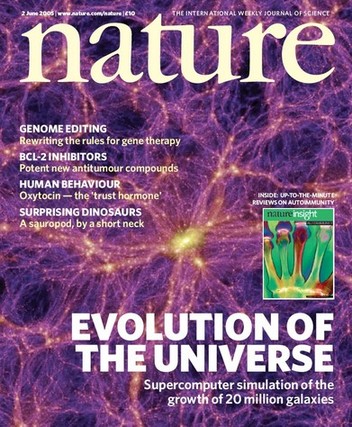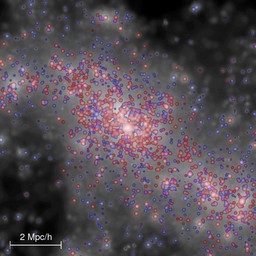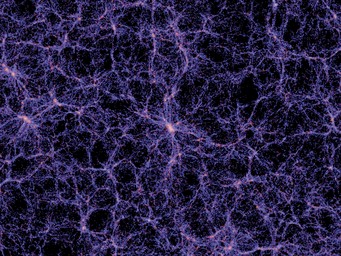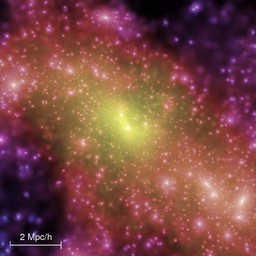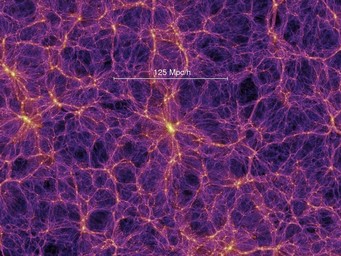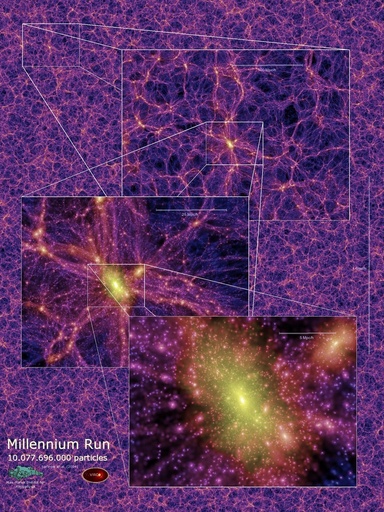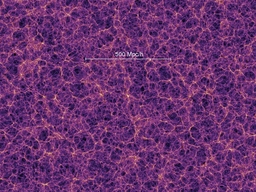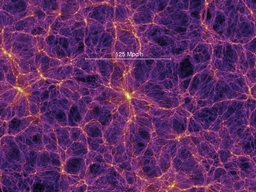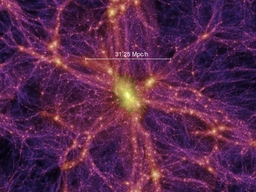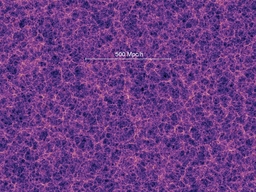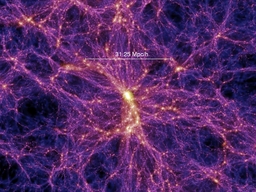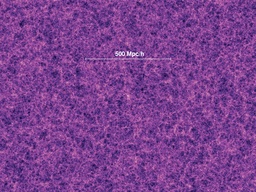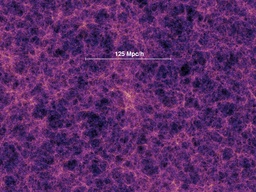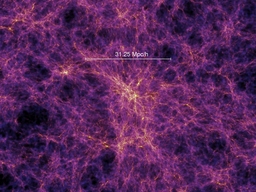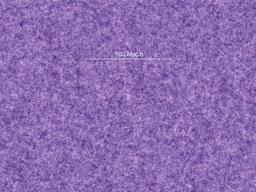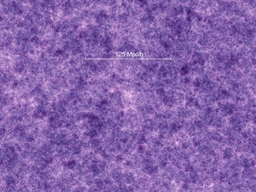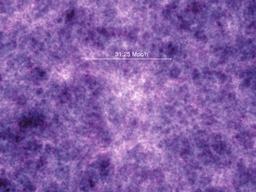Pictures/movies accompanying the press release of the MPG: (in deutsch)
Supercomputer simulations probe the formation of galaxies and quasars in the universe
An international team of astrophysicists led by researchers at the Max-Planck-Institute for Astrophysics presents the worldwide largest simulation of the growth of cosmic structure, including a detailed model for the formation of galaxies and supermassive black holes.
Original publication
Simulations of the formation, evolution and clustering of galaxies and quasars
Volker Springel, Simon D. M. White, Adrian Jenkins, Carlos S. Frenk, Naoki Yoshida, Liang Gao, Julio Navarro, Robert Thacker, Darren Croton, John Helly, John A. Peacock, Shaun Cole, Peter Thomas, Hugh Couchman, August Evrard, Joerg Colberg & Frazer PearceNature, 2 June 2005
